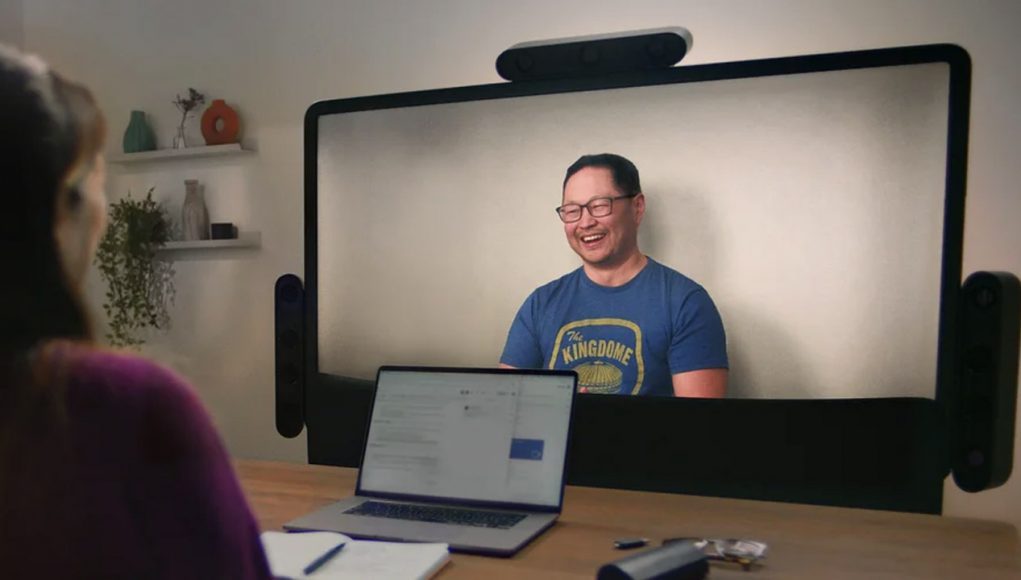It’s been nearly two years since Google first introduced Project Starline, a telepresence platform designed to facilitate natural-feeling remote communication between two people. While we haven’t heard much about the project, the company recently confirmed it’s still ongoing, recently revealing a more compact and affordable system.
Project Starline was first revealed back at Google I/O 2021, with the goal of making it feel like you’re sitting in front of another person, even though they’re remote. Using a bevy of sensors, a light-field display, spatial audio, and novel compression, Google says it’s able to recreate a very immersive likeness of the person on the other end.
We haven’t heard too much about Project Starline in the intervening years, but last week at Google I/O 2023 we got a small update confirming the project is still ongoing and improving:
The update introduces the latest prototype which shrinks the system somewhat from a large booth to a more streamlined setup that appears to use commodity depth cameras and fewer of them. Google says that makes the latest prototype “more practical,” and says that select companies are trialing the new version.
“Our earlier Project Starline prototypes took up an entire room, requiring complex hardware such as infrared light emitters and special cameras to create a live 3D model of the person you were talking to. While the results were impressive, the size and complexity of the system made it challenging to bring to many of today’s offices,” the company writes in an update on the project. “So for our latest prototype, we developed new AI techniques that only require a few standard cameras to produce higher quality, lifelike 3D images. Thanks to these advancements, our prototype now resembles a more traditional video conferencing system—going from the size of a restaurant booth to a flat-screen TV—that’s more deployable and accessible.”
Despite shrinking things down, Google confirms the system still uses a light-field display which creates a true 3D image without the need for glasses. However we still don’t know much about the specific display being used.
The entire premise behind Project Starline is that representing remote participants more realistically leads to better conversations. To that end the company recently pointed out several studies providing evidence that the system can bring “improved conversation dynamics, reduced video meeting fatigue, and increased attentiveness.”







